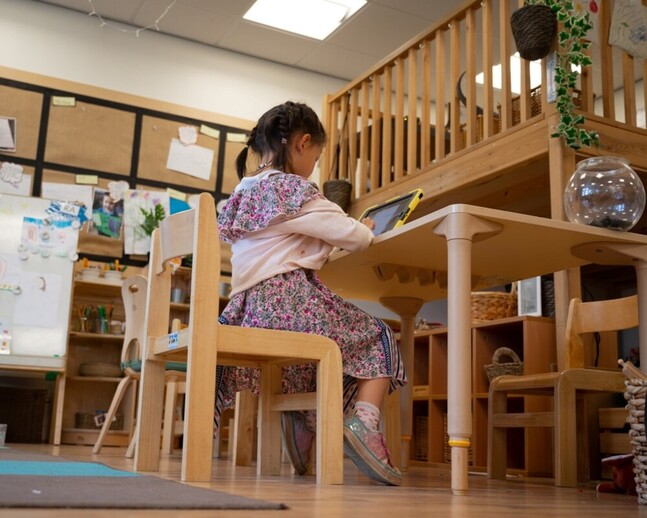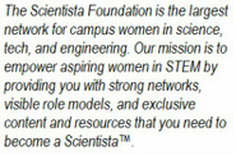|
By Nektaria Riso Congratulations! If you’re reading this, you’ve achieved your life-long dream: getting into medical school! I’m sure you’re experiencing a lot of different emotions right now. When I received my acceptance, I was in disbelief – a feeling which quickly turned into excitement, and once that had worn off, I was oddly…anxious. I had spent so much time focusing on getting into medical school that I had barely spared a thought to what I would do if I got in. I mean, how do I prepare for this new chapter of my life? Was my undergrad studying enough? Will I make any friends? Is there an orientation? Are my immunizations up to date?
Well, have no fear! I have compiled a few tips for how to start medical school off on the best foot possible and keep those first-day jitters at bay!
0 Comments
By Rebecca LeBoeuf Southern New Hampshire University So you’re thinking about a master’s degree. If you’re already working in healthcare, you know how important nonclinical leaders are in the industry. They can pair business acumen with healthcare know-how, all to ensure patients in their organization receive the best experience possible.
You can do that too. By Celine Nugroho Spend hours each day on your smartphone? You’re not alone. A report published by DataReportal in January 2022 showed that the average global daily Internet screen time racks up to about 7 hours per day and that 92% of users access it through their mobile devices. As smartphones become an integral part of our lifestyles, they have undoubtedly redefined our day-to-day lives — including how we become productive.
By Heather Gadalla Feeling overwhelmed with balancing degree requirements, program requirements, and electives in your college course schedule? Are you a first-year student with no idea how to begin picking classes? Either way, you're in the right place. Here are five tips for organizing your college course schedule! Make sure to take into account your other responsibilities when organizing your college schedule!
Credit: Estée Janssens from Unsplash By Trinity Vey Congratulations on choosing to write your MCAT! This is a huge step in your path towards a career in medicine. The Medical College Admission Test (MCAT) is a standardized multiple-choice test required for admission to most North American medical schools. Writing the MCAT can be overwhelming at the best of times, let alone during a pandemic. If you’re writing your test during COVID, check out the following tips to help you prepare. Photo by Green Chameleon on Unsplash
By Rowan P. Marshall We’ve all been there: it’s the end of class and suddenly your professor is saying that the big exam is in two days. Two days?! How did that happen? You haven’t started studying at all yet and there’s a lot of material to cover – what do you do?
9/29/2021 0 Comments What Does “Honors” Really Mean?By Rowan P. Marshall Whether you are a student currently looking at schools or someone who has already graduated, you have probably come across the term ‘honors’ during your academic career. For many people, this term may seem ambiguous and unfamiliar. In high school, honors refers to the different cords worn at graduation or organizations such as National Honor Society. In college, honors has a much broader definition.
By Alyssa Quan Credit: Peter Thoeny, Quality HDR Photography, CC BY-NC-SA 2.0 If you’re like me, you are an aspiring researcher in a rigorous academic degree program, sent on a rollercoaster over the past year struggling to incorporate all your brand-new ideas into a project while also trying to move forward with your studies in the middle of a would-be apocalypse. Luckily for us, there are ways to do just that.
By Lauren Oying
Online learning is still an experiment by and large, but it is a work in progress that’s here to stay. The Covid-19 pandemic has accelerated its widespread use and forced everyone to reckon with this new form of instruction. The NYS Education Department sent a memo earlier this year already extending flexible distance learning policies into the end of the Spring 2021 semester. These types of extensions cannot eliminate the challenges to online learning altogether, but they do provide ample time and opportunities for educators and administrators to fine-tune the methods, modes and strategies that will ensure the smooth and efficient delivery of education. Educators are now looking to their international counterparts for best online learning practices. On that note, below is a list of notable developments from other countries and their approach to online learning. By Tysheka Finney Community or junior college is a growing trend in higher education, offering various college courses as well as vocational and technical programs, such as industrial engineering and culinary arts. My journey through higher education has led me to community college, which has proven to be a great experience.
|
Education BlogAbout ScientistaSubscribe!NEW!New PostsWhat's HotClick to set custom HTML
You Might Like...
Connect With UsLatest tweets |
The Scientista Foundation, Inc. All Rights Reserved © 2011-2021 | Based in NY | contact@scientistafoundation.org
The Network for Pre-Professional Women in Science and Engineering
The Scientista Foundation is a registered 501(c)(3) -- Donate!
The Network for Pre-Professional Women in Science and Engineering
The Scientista Foundation is a registered 501(c)(3) -- Donate!












 RSS Feed
RSS Feed









